Smart TV prices 2021: new TVs for any budget
Every smart TV price range explained
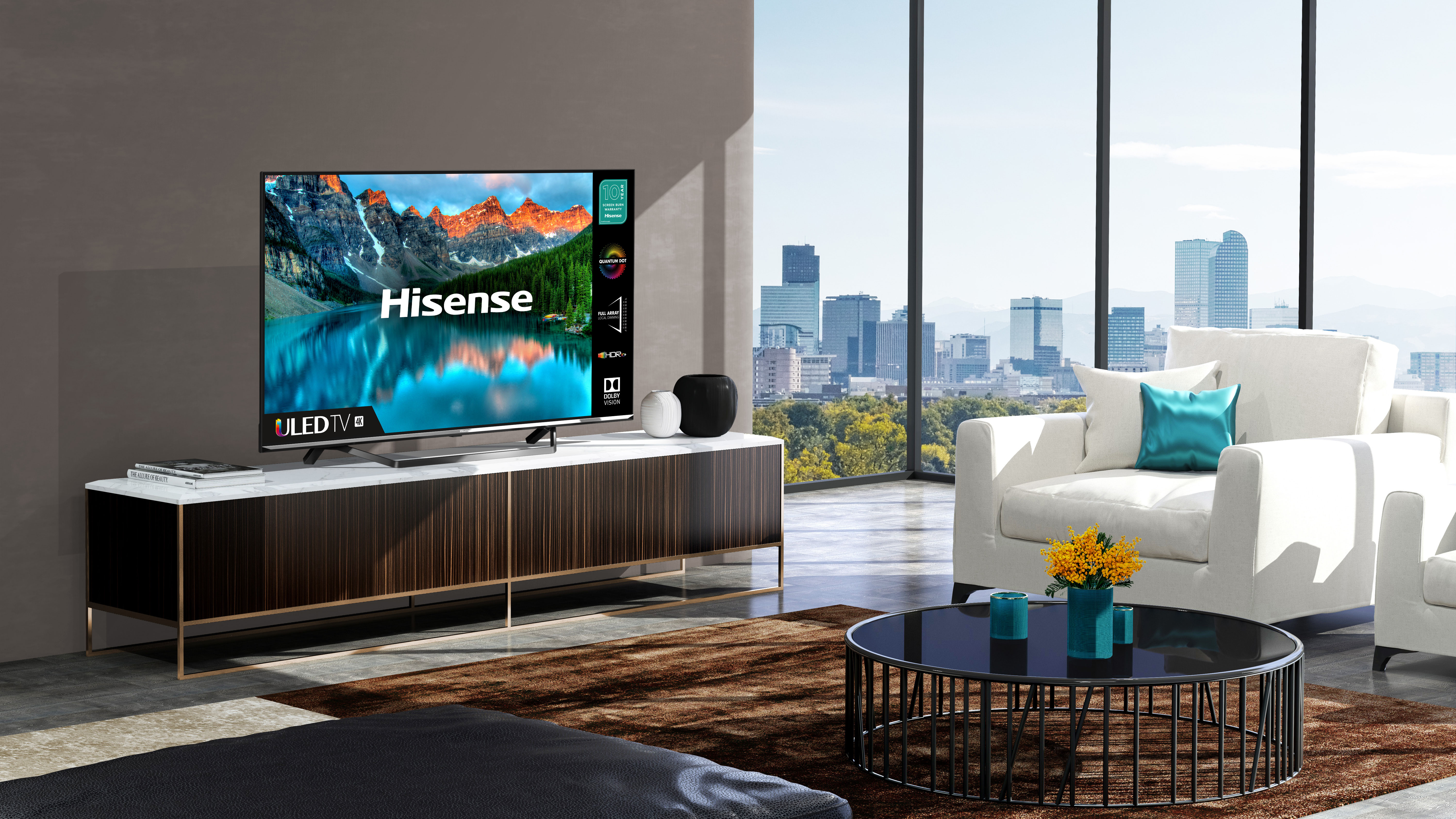
Most new TVs these days are smart TVs, but there's a difference between what you can expect from a budget TV and what you can expect for one that’s more expensive all the way through to the most high-end devices.
Because, regardles of your budget, there’s probably a smart TV out there for you. There are some cheap smart TVs available for almost nothing, but they tend to sacrifice processing smarts for value, which can leave you wishing you’d stuck to watching Netflix on your laptop instead.
There are also plenty of premium smart TVs that are so expensive that an impulse buy can lead to years of regret – especially if you only end up turning it on every few days.
But don’t worry. There’s a perfect smart TV price for everyone, which is why we’ve put together this smart TV price guide. We’ll run you through the general price bands for new smart TVs, as well as what you can usually expect for the money, and some examples of sets worth buying for that budget.
Smart TV prices: under $300 / £300 / AU$450
If you want a TV for as little cost as possible, this is the smart TV price range you should be considering. The problem is, these sets won’t offer much in the picture department, and will usually be stuck at smaller sizes, like 24-inch or 32-inch TVs. If they’re any larger at this price, you can be sure corners are being cut in picture quality in a big way.
Supermarket TVs like those made by Polaroid or Spectre are often found at this price. They won’t be a great choice for hooking up with a games console, or getting 4K HDR pictures – they’ll either be stuck at HD resolution or upscaling somewhat poorly. For a budget buy, though, paying $200 for a television isn’t to be sniffed at, especially as a second screen for a bedroom or smaller room.
It’s worth noting that more mid-range sets can also be discounted down to this level, so be on the lookout for great TV deals on pricier sets.
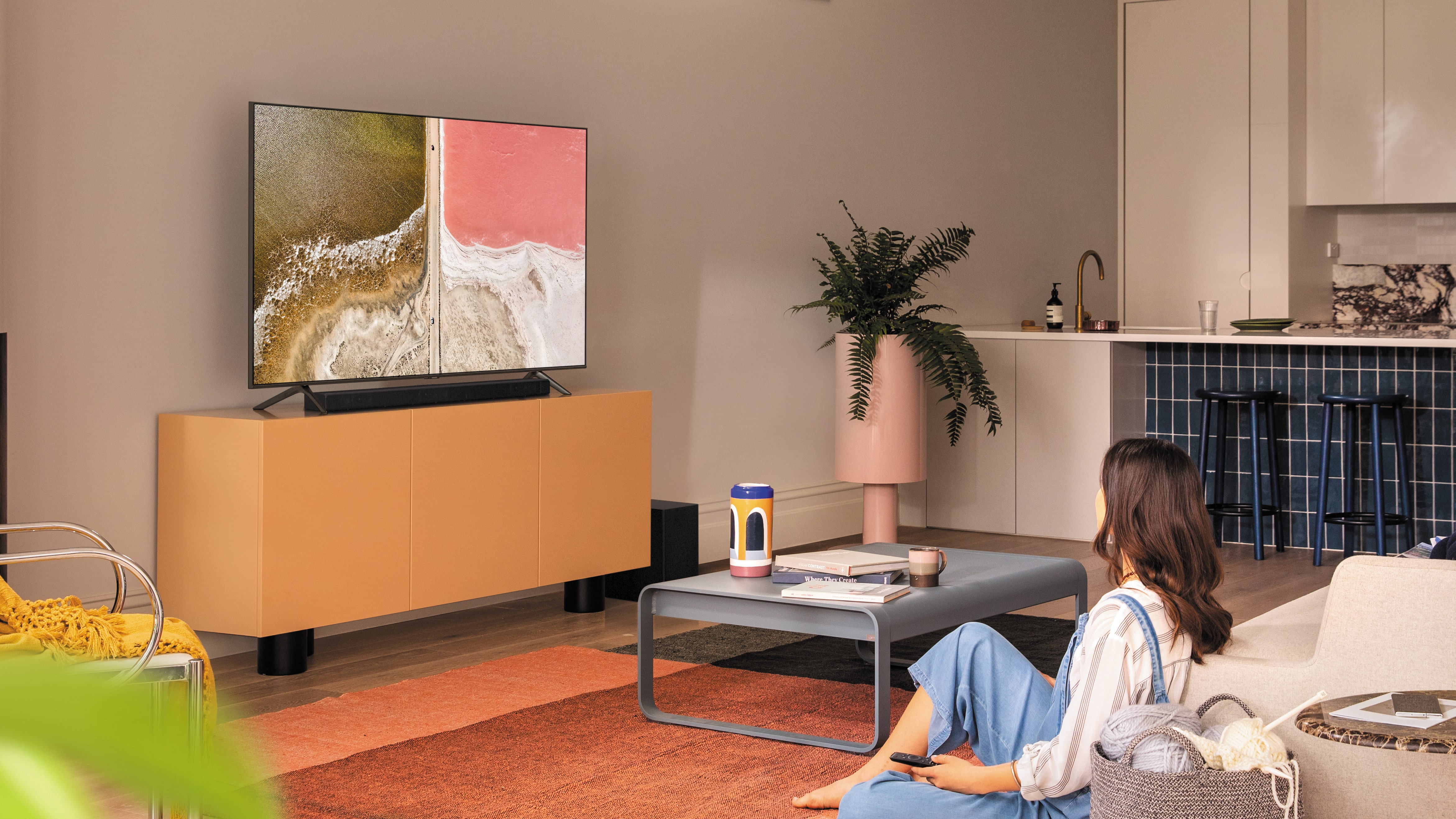
Smart TV prices: under $600 / £600 / AU$900
A tad more expensive, but still pretty affordable. You’ll get a lot of cheap new Samsung TVs at this price range, and you’re looking more at quality 43-inch TVs, or more middling 65-inch TVs. 4K HDR is to be expected at this price, but you likely won’t be getting a panel, processor, or lighting system good enough to really do those technologies justice. (Definitely expect edge-lit panels, rather than the superior brightness control of full-array dimming zones.)
Still, you’re getting a taste of higher-end technologies, and for everyday use for everyday buyers – not the committed 4K gamers or cinephiles among you – this is a smart price range to aim for.
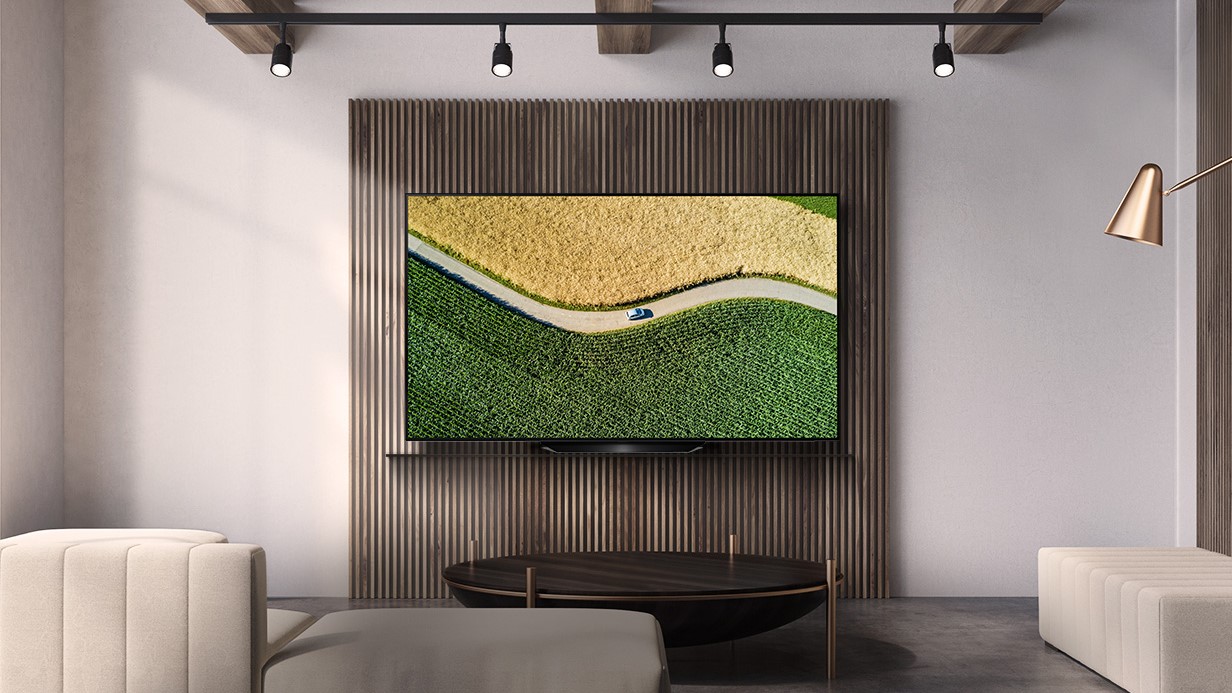
Smart TV prices: under $1,000 / £1,000 / AU$1,400
These smart TV prices put you firmly in the mid-range. Neither high-end performers or budget slackers, these smart TVs offer a trade-off of price and quality that will generally be pretty favorable. As with every successive price band, you can expect larger sizes that retain decent image quality, as well as the introduction of backlights for improved brightness control (for LCDs).
At this price you’re getting capable LCD TVs, and a number of QLED models too. Some starter OLED TVs are just about inching down into this price bracket, as with the Philips OLED 754, or last year’s LG BX, both of which feature slightly cheaper materials and processors compared to their flagship OLED siblings. Mostly, though, you can expect OLED models at higher prices.
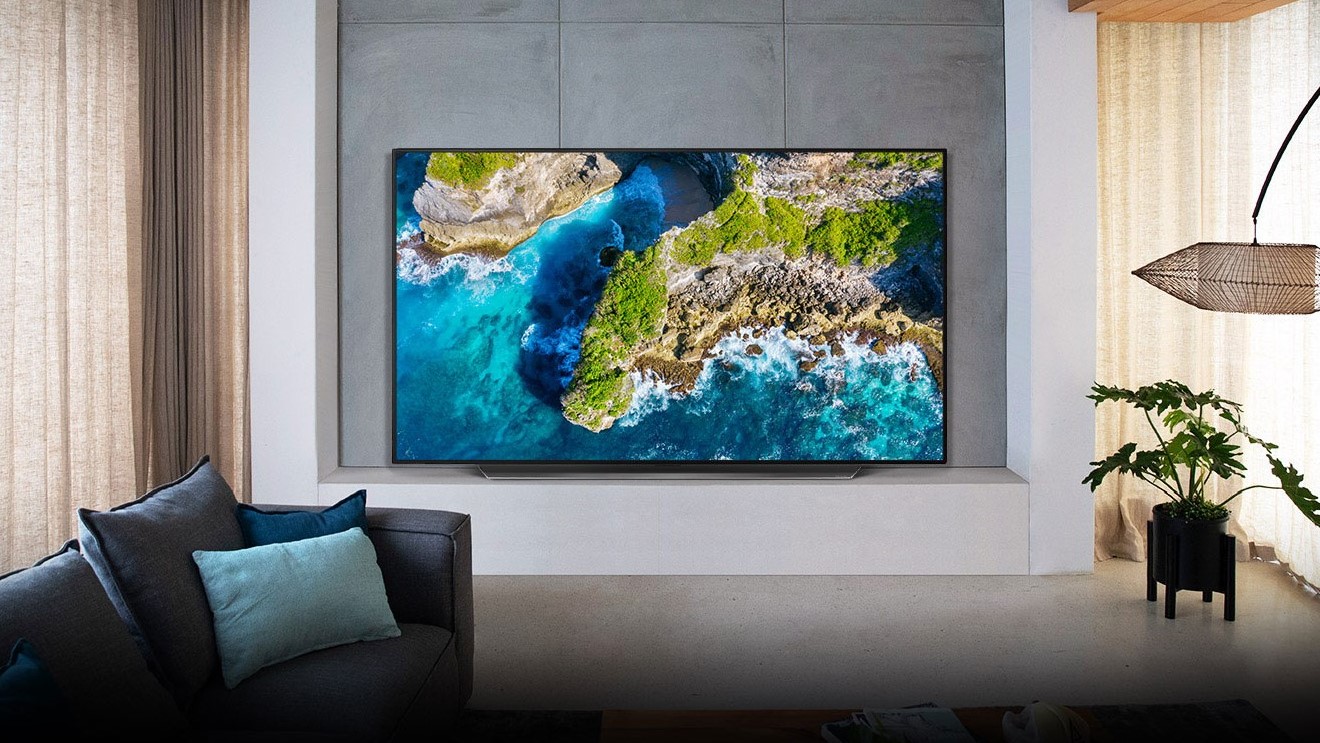
Smart TV prices: under $2,000 / £2,000 / AU$3,000
Getting pricey! Above the $1,000 / £1,000 / AU$1,500 you really do open up a lot more opportunities for high-end sets. Now you’re getting access to most OLED TVs, for one, with the likes of the LG CX OLED being available in 48-inch and 55-inch sizes. Panasonic and Sony OLEDs are available, too, as well as a higher tier of Samsung TVs – as with the 4K flagship Q95T.
The main difference in picture quality comes from more expensive processors, which improves everything from motion handling and brightness control to black levels and shadow detail. You’ll see far more of a difference with HDR sources, too, especially with dynamic HDR formats like Dolby Vision or HDR10+. The panel and processor will be more capable of showing off an expanded color gamut, and have the smarts to enhance contrast beyond what you’d get on a cheap TV.
You’re often still settling for middling audio, though, as the televisions with built-in soundbars or truly beefed-up audio setups will be at the upper end of this price band, or moving into the next...
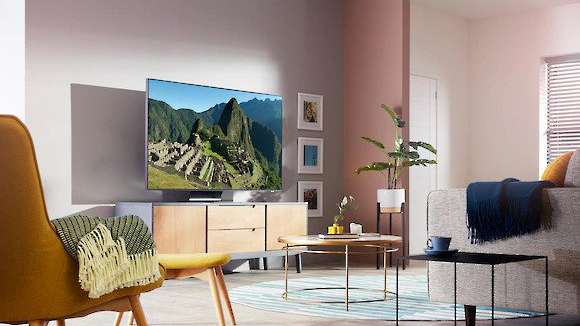
Smart TV prices: under $5,000 / £5,000 / AU$7,000
What happens to your smart TV options when you move above $2,000 / £2,000 / AU$3,000? One of the biggest shifts is in hardware design. This is when you’ll see TV brands offer floating glass displays (the LG E9 OLED), generally higher-grade materials, or whole new types of built-in audio arrays like Sony’s Acoustic Surface Audio+ or Samsung’s OTS (Object Tracking Sound).
Part of the reason cheaper sets can still offer great picture quality is that they don’t scale up audio capability with it – with the implication you’ll buy a suitable soundbar, or already have an audio setup ready to plug a new TV into.
You’re also entering the world of 8K TVs. Samsung is pushing 8K resolution hard these days, with three 8K models in its 2020 range. While they’re still expensive – the entry-level Samsung Q800T starts at $3,199 / £3,799 / AU$4,999 – there is a meaningful difference in price between them.
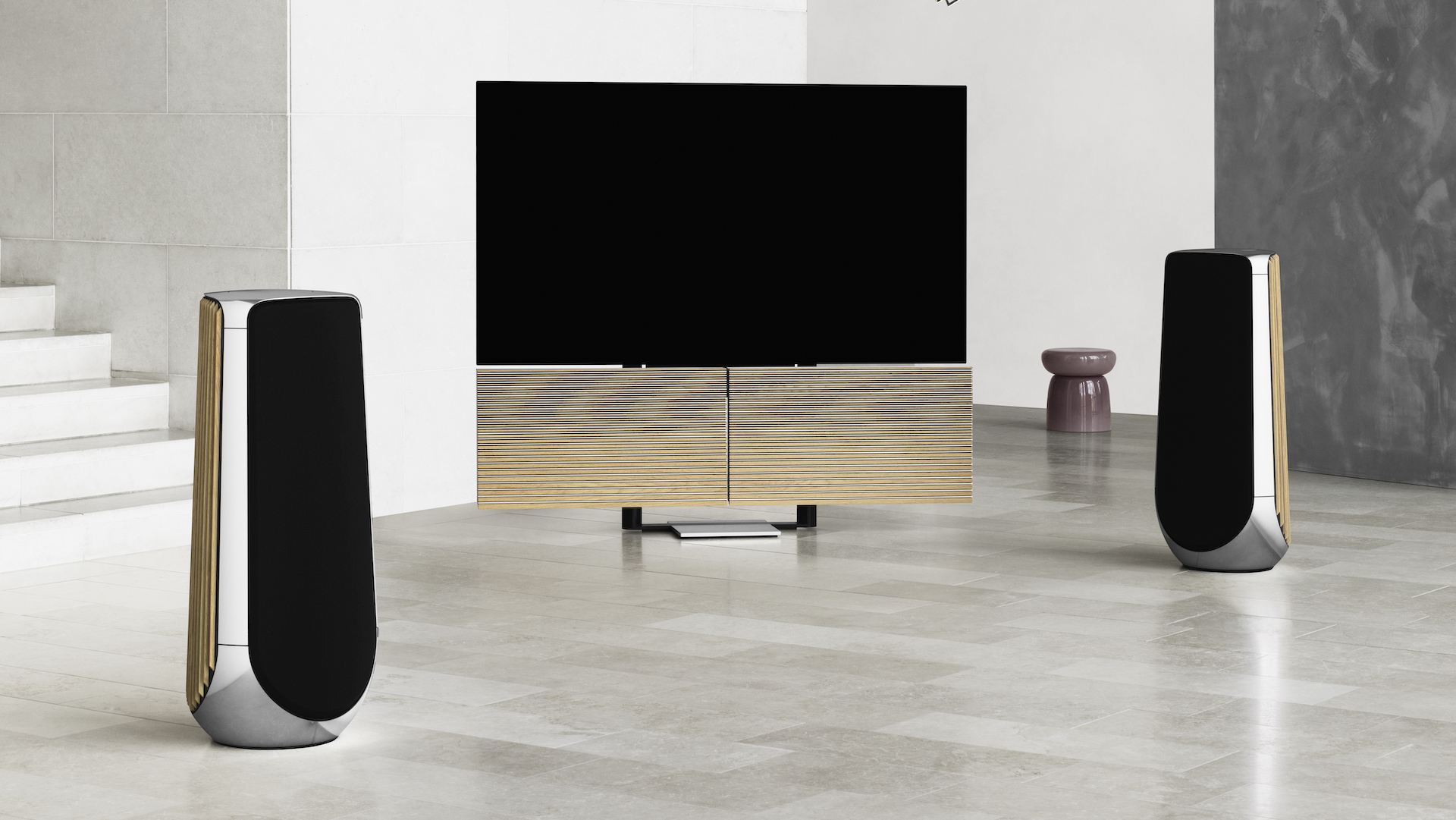
Smart TV prices: up to $10,000 / £10,000 / AU$14,000, and beyond
Wow, really? If you can afford sets like these, you can expect a wholly different experience to mid-range or low-premium sets. At first you’ll start seeing a lot more 75-inch 4K TVs, and 8K TVs that aren’t aiming for entry-level budgets. The Samsung Q950TS 8K QLED, for one, costs a whopping $12,999 for an 85-inch model in the US.
Beyond that, you can expect entirely new form factors, like the rollable LG Signature Series OLED R, which is expected to cost in the realm of $30,000 / £30,000. The 88-inch Beovision Harmony, too, which features a wing-shaped speaker array that folds out when in use, ramps that up to $49,000 / £44,100 (around AU$74,000).
At this point you’re firmly in the world of concept televisions, rather than anything you can pick up at your local electronics store, but if you have the cash to splash, why not on something as impressive as this?
- Want the best of the best? Here are the best TVs of 2021
Get daily insight, inspiration and deals in your inbox
Sign up for breaking news, reviews, opinion, top tech deals, and more.
Henry is a freelance technology journalist, and former News & Features Editor for TechRadar, where he specialized in home entertainment gadgets such as TVs, projectors, soundbars, and smart speakers. Other bylines include Edge, T3, iMore, GamesRadar, NBC News, Healthline, and The Times.
